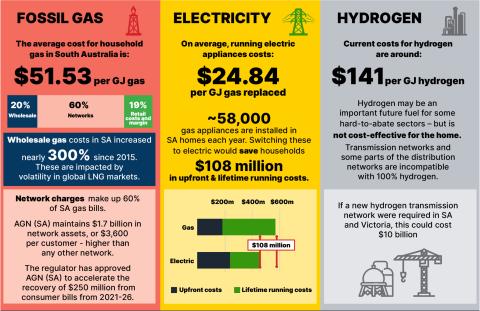Prairie State deal deserves to be investigated
CLEVELAND, OH – “Peabody Energy, the nation’s largest coal company, promised 217 municipalities and 17 electric membership cooperatives in the Midwest a source of low-cost, stable electricity in return for bearing the financial risk of building the Prairie State coal-fired power plant. The plant, in Southern Illinois fully connected to the grid less than a year ago.
Construction costs came in at least one at least one billion dollars over budget. Struggling Midwestern communities are now being hit with high costs, which have to be passed along to residents and small businesses or absorbed by strapped city budgets. If cities start to run out of money, defaults on the $5 billion of bonds issued for the plant may well occur.
The federal Securities and Exchange Commission (SEC) has subpoenaed Peabody Energy and at least one state umbrella municipal electric agency (Ohio’s American Municipal Power) about the development of the plant. Such investigations are rare, and the municipalities participating in the Prairie State plant have a legitimate interest in any findings of the SEC’s investigation. However, the SEC’s focus is primarily on protecting the investment community. The state attorneys general in all of the affected states – Ohio, Indiana, Illinois, Missouri, Michigan, Virginia, and West Virginia – should also investigate this deal, since they are charged with protecting the interests of the ratepayers and the municipalities.
The risks of rising costs of the Prairie State deal were lowballed, and higher projections were hidden, from the communities when they signed on in 2007. By September 2007, at least two major reports, one done for the major trade association of the electric industry, and one by Standard and Poor’s, warned of the skyrocketing construction costs of coal plants. American Municipal Power (AMP) itself, said that price increases in the expected construction costs of coal-based electric generation were “staggering” in a May 2007 state filing for another proposed (and later cancelled) coal plant. Nevertheless, developers did not warn the communities of these findings, and they gave a feasibility study to Ohio cities that said the Prairie State costs would rise at most by 6%.
Between 2007 and 2010, the industry as a whole cancelled more than 75 proposed coal plants across the United States, and both Peabody and AMP canceled other coal plants that were too expensive. Why didn’t Peabody and other Prairie State owners reconsider their participation in Prairie State in light of these risks?
The operating performance of the Prairie State plant is far below expectations. While most new plants experience a shakedown period, the problems at Prairie State appear to be more serious. The plant was budgeted to run an average of 82% of the time (known as the “capacity factor”) but it has actually averaged 62%, so far, according to filings with the municipal securities board.
Both units of the plant are now scheduled to be shut down for extended outages this fall and winter due to design and construction deficiencies. The plant’s purported advantage – that it is next door to the coal mine that feeds it – may actually be to source of some of its problems, since the coal appears to be poor quality and is not cleaned for impurities before entering the plant. Who will have to bear the financial brunt of these outages?
Municipalities throughout the Midwest are experiencing financial hardships as a result of the Prairie State deal. As documented in the front page story of the September 4, 2013, Chicago Tribune, “Towns pay a high price for power,” Ohio cities are receiving bills for $85 per megawatt hour – more than twice the cost of market power. Their rates would be as high as $121 without bond funds that are being used to cushion the blow. The city manager of Marceline, Missouri declared the plant a “toxic asset” and divested his city from the plant in August. Other Missouri towns are draining their reserves trying to sell the power on the market. The three cities in Northern Illinois who make up the Northern Illinois Municipal Power have had to raise their electric rates because they underbudgeted the expenses by $4.5 million for the first six months this year. Batavia tried to sell its share of the Prairie State plant but could not find a suitable buyer.
On March 13, 2013 Moody’s downgraded the Paducah Electric Plant Board’s credit rating, in part due to its “off balance sheet” take-or-pay contract for the Prairie State plant.
In the meantime, market conditions continue to work against the plant. The residents, small businesses, and city officials of the affected communities deserve to know whether they were sold a faulty product.”
Op ed submission by Tom Sanzillo, Director of Finance and David Schlissel, Director of Resource Planning Analysis, IEEFA
Published in the following papers:
The Times Leader, Princeton, KY
Midwest Energy News, St. Paul, MN
Tribune Chronicles, Warren, OH
Sauk Valley News, Sterling, IL












